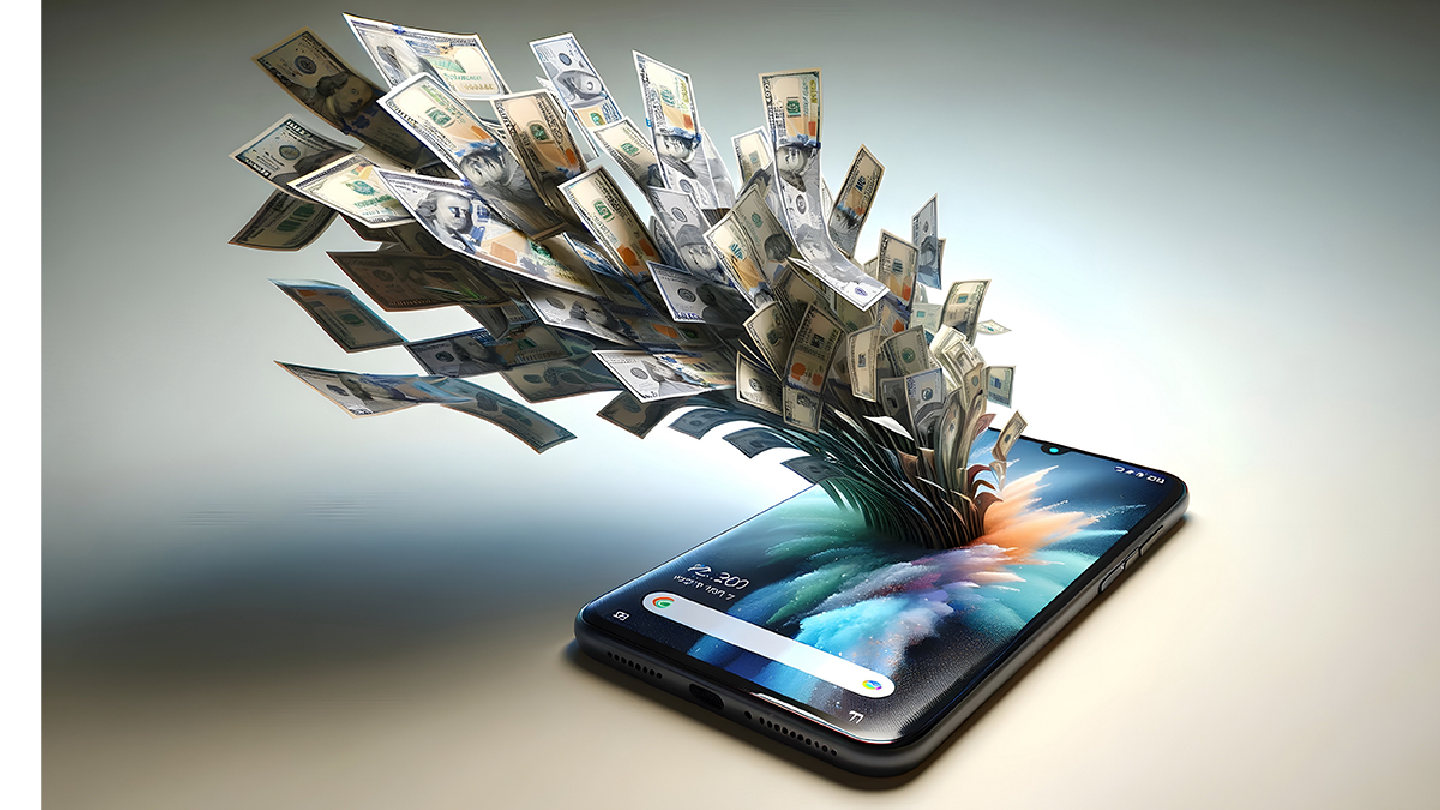Asia - Mobile payments and the continued use of cash
Paul Race

As cashless payments continue to grow an article in Asian Review claims that it is credit cards that are net losers in the region as new low-cost mobile apps are introduced.
For some the presumption has been that new payment options will simply squeeze the use of cash, but such an analysis ignores the reality of the situation in many countries where the credit card market has been slow to take off and faces a number of challenges.
Whilst Asia is the world's fastest growing region, the potential for credit card growth is limited and such payments are already operating at a low base. The article reveals that credit card penetration remains at 10 percent or less in Thailand, Indonesia and Vietnam and it is reported that in China international credit cards are generally only accepted in tourist areas. Meanwhile in Japan even in tourist areas only 25 percent of 'small scale restaurants such as cafeterias accept credit cards and 42 percent of businesses that do not accept cards cite high processing costs as a major factor for not accepting them'.
Why do these payment types remain at a low level while mobile payment apps grow in popularity? The answer would appear to involve relative costs and convenience as technology enables cheaper mobile payments. Evidence suggests this has acted as an incentive for some countries to develop payment platforms using mobile technology. Of course there have been other factors restricting credit card company activities and the article also highlights attempts by some countries to 'prevent customer data from being transferred to the US'.
An overview of Asia market activity reveals significant changes in the way people pay as new methods become more accessible and easy to use. It's certainly true that QR (Quick Response) code payment systems are easy to set up and convenient and in some instances they do not require someone joining to have a bank account. In Japan competition for mobile payments has reached new levels as customers are offered rebates on purchases and in other countries such as India there have been moves by governments to develop their own payment platforms that bypass the international card networks.
In each of the countries studied the payment market is evolving rapidly. In Thailand Indonesia and Vietnam, for example, mobile payments are used by between 47 and 67 percent of the population. However in the Asian market generally cash continues to play an important role.
So how important is cash in Asia?
- Japan - though there has been evidence of innovation and increased competition in the area of mobile payments from providers like PayPay, this should not disguise the fact that cash sales remain important. Indeed, 'the aim of the Japanese government is for the country to be 40 percent cashless by the mid 2020s'
- China - There can be no doubt that mobile payments are growing and Alipay is expanding within the wider region. In urban areas 98 percent of smartphone users make mobile payments but in rural areas the situation is very different. It is recognised that cash is important for large numbers of individuals and in July 2018 it was reported that the People's Bank of China had clamped down on retailers refusing to accept cash. (appsynth.net 31 May 2018).
- Thailand - an estimated 87 percent do not use a credit card whereas 30 percent remain unbanked and use only cash
- India - demonitisation had only a temporary impact on the cash economy. 95 percent of transactions are still 'cash reliant'. (orfonline.org - 23 November 2018)
- Vietnam - still has a large number of unbanked. Only 40 percent of adults had a bank account in 2017. 27 percent had a debit card and just 4 percent a credit card. In order for a cashless society to take off it has been estimated that the number of POS terminals needs to increase from the current 150,000 to a million. (VN Express International 16 January 2019)
As new mobile platforms continue to evolve, cash replacement still has a long way to go and in many cases it is alternative electronic payment types such as credit (and some debit) card transactions that are losing out to mobile payments. In many instances the evidence suggests that for some time to come the future is not just mobile. It is also cash!